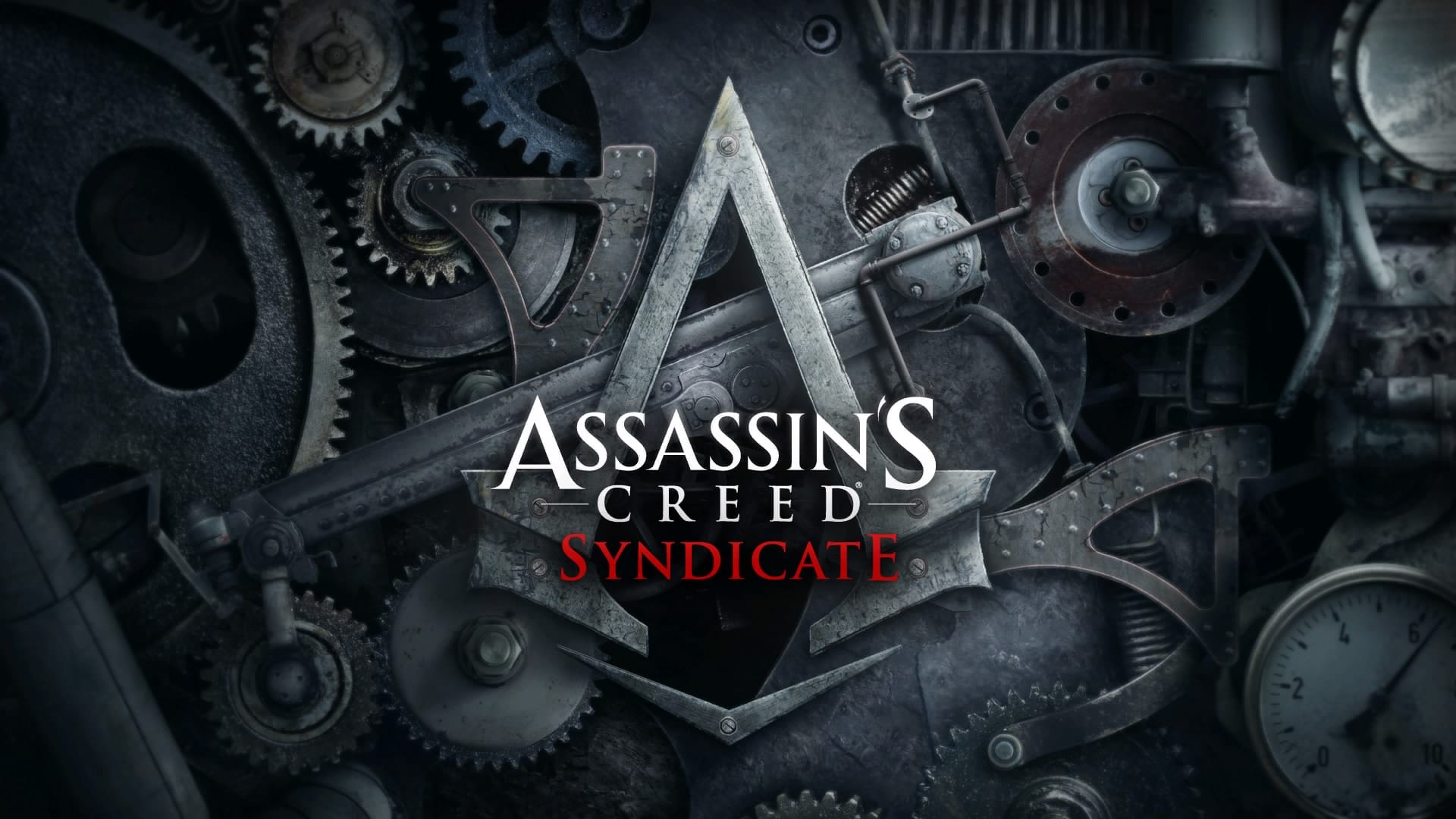

But in addition to that, the AnvilNext engine is clearly capable of rendering a higher population, while mid to long distance rendering seems somewhat lacking in detail on console.Ī cursory look at Syndicate after session with Unity confirms that priorities have changed at Ubisoft - and from a gameplay perspective, the pay-off is clear for console users. There's resolution too - pegged to the same 900p as Unity - and obviously the sky's the limit there, GPU power permitting. All of which begs the question: does the PC sequel offer anything like the same revelatory improvement? There are certainly areas that could benefit: console performance compared to Unity was a night and day improvement, but Syndicate still sees drops from the target 30fps. It's rare that we see PC hand in a truly transformative experience compared to the console versions - but Unity delivers. And of course, there is the intense volume of NPCs in the game: the streets are packed - perhaps not so good for ground-level traversal, but the sheer spectacle is unparalleled by anything else in the series, Syndicate included.

The gorgeous rendering of 18th century Parisian architecture is beautifully lush the intricate detail and sheer variety in the cityscape is breathtaking. But if you own a mid to high-end gaming PC (a modern Core i5 paired with a GTX 970 or better will do the trick), we highly recommend taking Unity for a spin.

Of course, the sheer scale and scope of Unity's vision had a tremendous impact on the quality of the console versions - put simply, they couldn't cope. There's no doubt that it's an accomplished title, but stacked up against last year's Unity running fully maxed on PC, there's a sense that it feels like a backward step from a technological perspective. Is the new generation of console hardware holding back creators from fully realising their visions for next generation visuals? It's a question we've been pondering recently with the release of Assassin's Creed Syndicate.


 0 kommentar(er)
0 kommentar(er)
